About History – “Oath and Silver Eaten”
Hidden away from the outside world and only accessible by road for five to six months a year is the extraordinary land of the Khevsurs – Khevsureti.
It is a place where ancient pagan traditions survive, and medieval fortress towers stand testament to centuries of conflict with neighbors and peoples of the North Caucasus.
The practice of raiding each other and stealing livestock and other wealth resulted in an almost constant cycle of revenge, which was evidenced by the practice of cutting off the right hand of the enemy and hanging it on the walls of their fortified towers.
Blood feuds were common in this remote land, where family honor was paramount.
Until the 1920s, ransom for the crime of murder was common and was paid by way of copper pots and salt. If the murderer could not, or did not pay the ransom, he and his family had to leave the village, because he would remain in danger until reaching the age of 60. Exiling a guilty person from the community was a grave penalty.
There were different measures of punishment for different crimes. For cutting an arm or damaging an eye, a fine of 120 bulls was due; 3 cows – for breaking a tooth. A man who kidnapped a woman could be sentenced of death.
Dueling was an accepted way of settling disputes. Duels would take place outside the village. Dressed in their chain armor and armed with a small shield and broadsword the duelists would slash and stab until a victor emerged.
A woman could stop a duel by dropping her head scarf between the two fighters. This aspect is preserved today in the warrior dance Khevsuruli (ხევსურული).
Source: Gordon Cooper’s Dead Cities and Forgotten Tribes (Lutterworth Press, London: 1952).
“Oath and silver eaten”
Kinship and fraternal alliances were extremely important in Khevsur culture and lifelong bonds between men were forged in a “blood brother” ritual.
The prospective blood brothers dropped silver coin scrapes into a bowl full of milk, which they drank, and after that they were considered “oath and silver eaten”. Another form involved dripping blood from their cut fingers into the same bowl. If the candidates’ mothers were alive, they would go to them together and touch each other’s mothers’ breasts with their teeth. This ritual was held in the presence of the whole family and neighbors. The blood brothers might also exchange horses and weapons.
Source: The Tsova-Tushs (the Batsbs) by Prof. Roland Topchishvili.
 CLICK on the logo to visit GEORGIA ABOUT on Facebook and see photos and news about Georgia. Click LIKE on the page and become a friend of GEORGIA ABOUT.
CLICK on the logo to visit GEORGIA ABOUT on Facebook and see photos and news about Georgia. Click LIKE on the page and become a friend of GEORGIA ABOUT.
Comments
8 Responses to “About History – “Oath and Silver Eaten””Trackbacks
Check out what others are saying...-
[…] the Khevsureti, an isolated group of Georgian people who retain centuries-old customs until recently, including the wearing of chain mail and justice by blood feud, cow fines, and […]







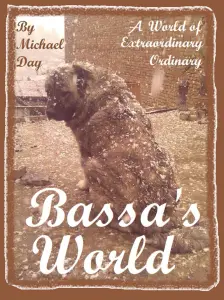


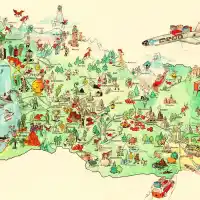
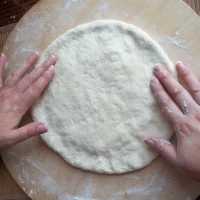





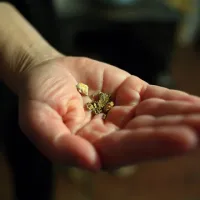
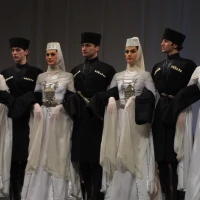




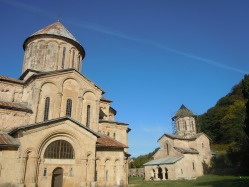

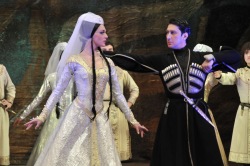







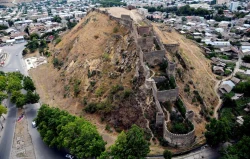

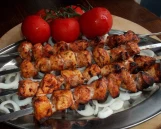







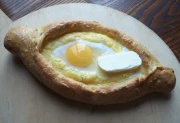

















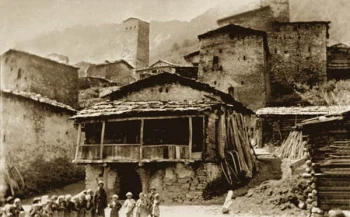

Has civilization come to this area or do many of their historic practices still exist today?
The mountain people still maintain some of their traditions Jodi but not the ones I have highlighted here. I wrote about one particular tradition recently: https://georgiaabout.wordpress.com/2012/09/08/about-culture-atnigenoba-festival/
Interesting.
Okay that first photo is breath taking and as for the rest of the post how interesting!
How interesting and what a beautiful place, it is absolutely beautiful!!!
This is fantastic ! They are the real caucasians, I want to try some of the recipes :o)
Shashka, not a broadsword